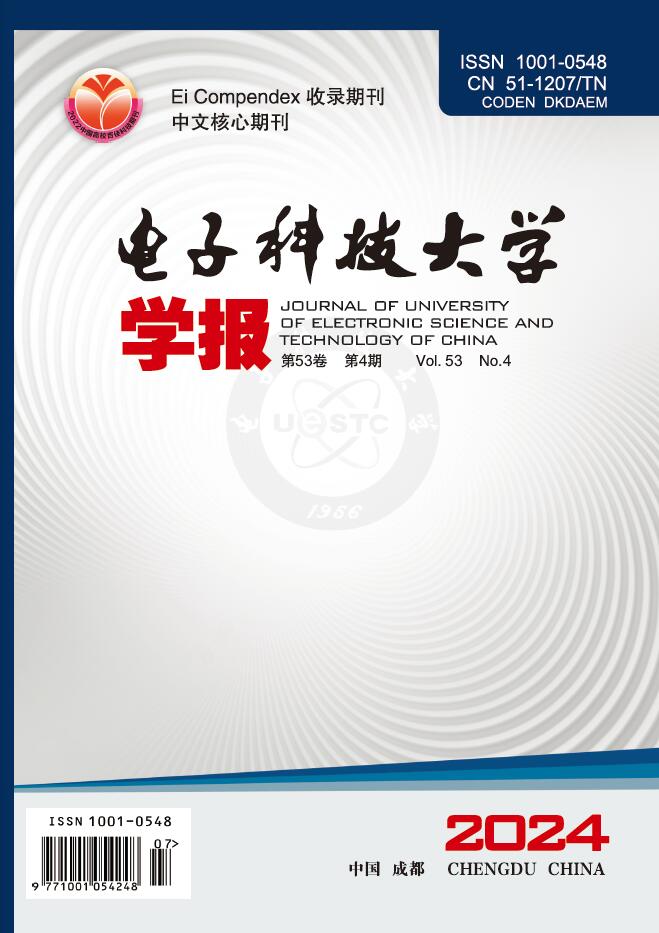Infection and Prevention of COVID-19 in Schools Based on Real-Life Interpersonal Contact Data
Q4 Engineering
引用次数: 4
Abstract
With the stabilization of the COVID-19 in China, the resumption of study has become the hottest issue most concerned by the people. The long-time gathering and face-to-face contact of students and teachers in schools increase the risk of their mutual infection. Although school suspension is generally considered to be the most feasible strategy to alleviate epidemics, large-scale isolation is often accompanied by high socio-economic costs and even social panic. Therefore, when an outbreak occurs in schools, we need to try to use more detailed scientific prevention and control measures. In this study, the spread of the COVID-19 in schools is simulated based on real interpersonal contact data, and the prevention and control measures are formulated by calculating the effective distance among students. This study finds that students have more contact with students in the same class and grade in schools. Therefore, when cases are found in schools, the development of the epidemic can be controlled by closing the patient's class and grade in time, and it will achieve similar or even better results than the closed school. In addition, in the absence of closure and the application of prevention and control measures, the impact of the proportion of asymptomatic patients and the incubation period infectivity in school outbreaks are analyzed, respectively. After the prevention and control measures are applied, the epidemic situation in each case will be controlled, and it will soon usher in a time when the epidemic situation improves. The research in this paper helps schools to select appropriate prevention and control measures, and accurately assess the impact of asymptomatic patients and incubation period infectivity on the epidemic.基于现实生活人际接触数据的学校新冠肺炎感染与预防
随着新冠肺炎疫情在中国的稳定,复学成为人们最关心的热点问题。学校师生长时间聚集和面对面接触,增加了相互感染的风险。虽然停课通常被认为是缓解流行病的最可行战略,但大规模隔离往往伴随着高昂的社会经济成本,甚至社会恐慌。因此,当学校发生疫情时,我们需要尝试使用更详细的科学防控措施。本研究基于真实的人际接触数据模拟新冠肺炎在学校的传播,通过计算学生之间的有效距离制定防控措施。本研究发现,学生在学校中与同年级、同班级的同学接触较多。因此,当在学校发现病例时,可以通过及时关闭患者的班级和年级来控制疫情的发展,并且会达到与关闭学校相似甚至更好的效果。此外,在未采取封闭和防控措施的情况下,分别分析了无症状患者比例和潜伏期传染性对学校疫情的影响。在采取防控措施后,每个病例的疫情都会得到控制,很快就会迎来疫情好转的时期。本文的研究有助于学校选择适当的防控措施,准确评估无症状患者和潜伏期传染性对疫情的影响。
本文章由计算机程序翻译,如有差异,请以英文原文为准。
求助全文
约1分钟内获得全文
求助全文
来源期刊

电子科技大学学报
Engineering-Electrical and Electronic Engineering
CiteScore
1.40
自引率
0.00%
发文量
7228
期刊介绍:
 求助内容:
求助内容: 应助结果提醒方式:
应助结果提醒方式:


